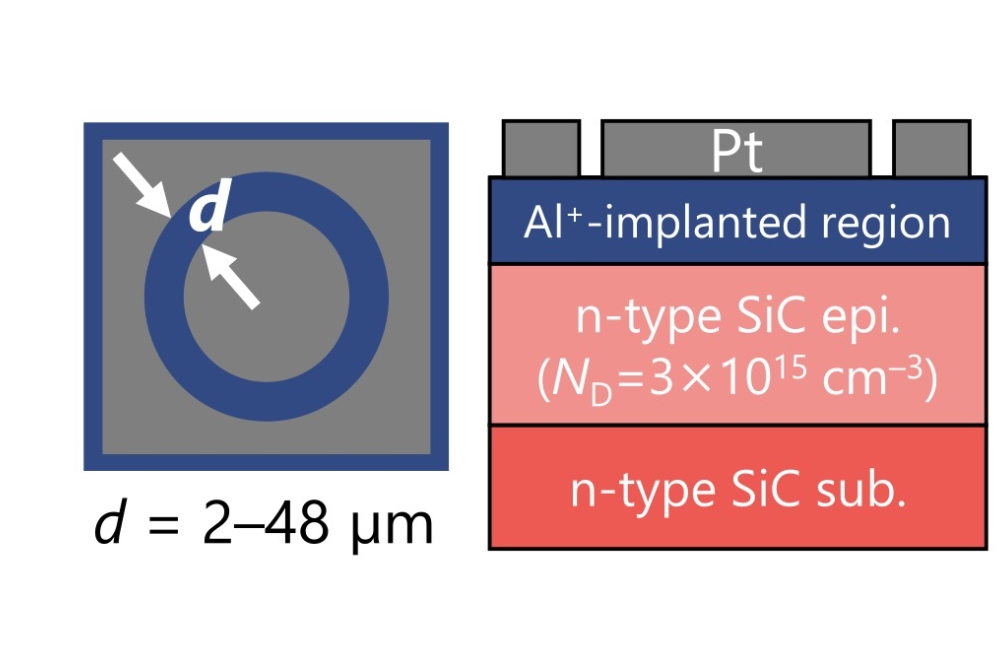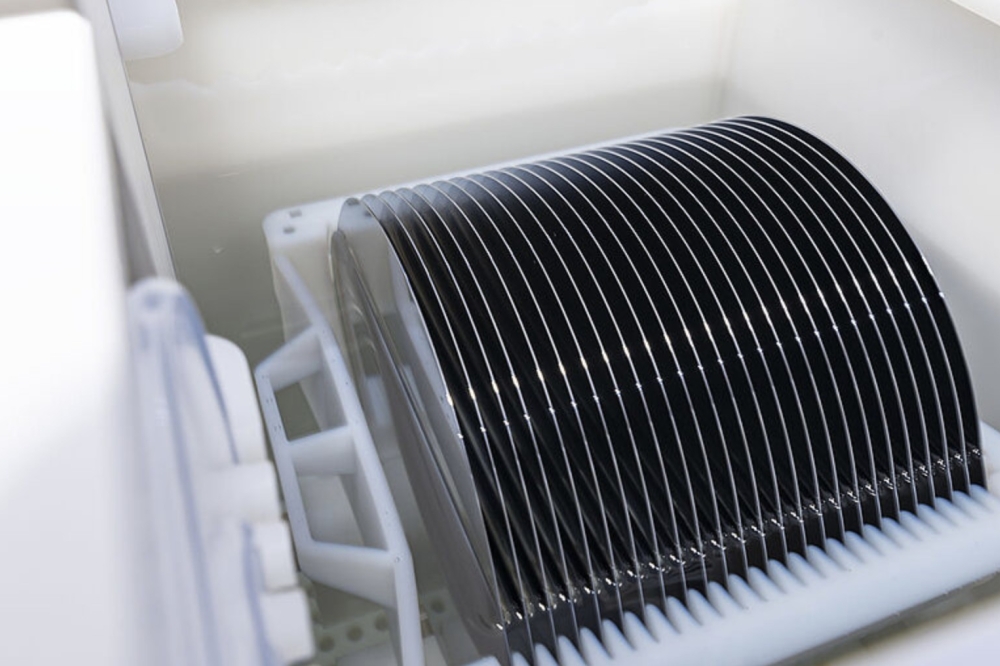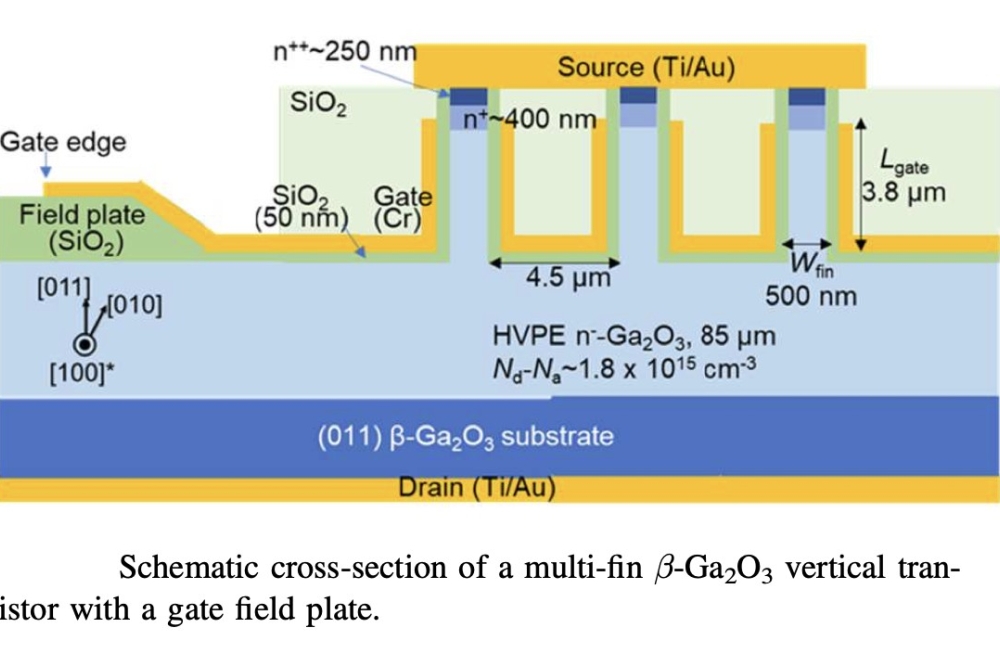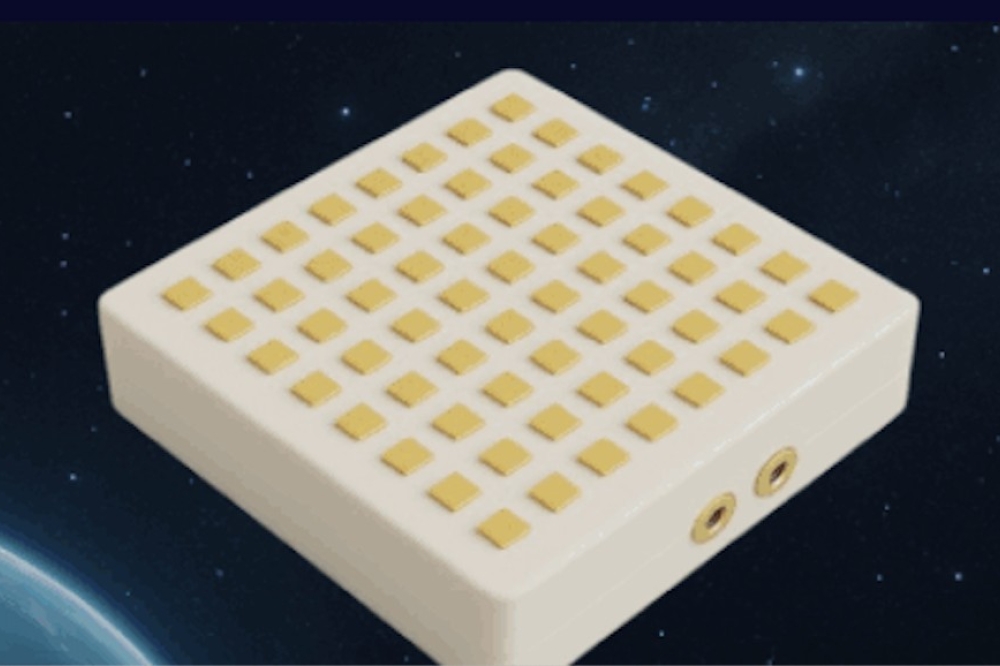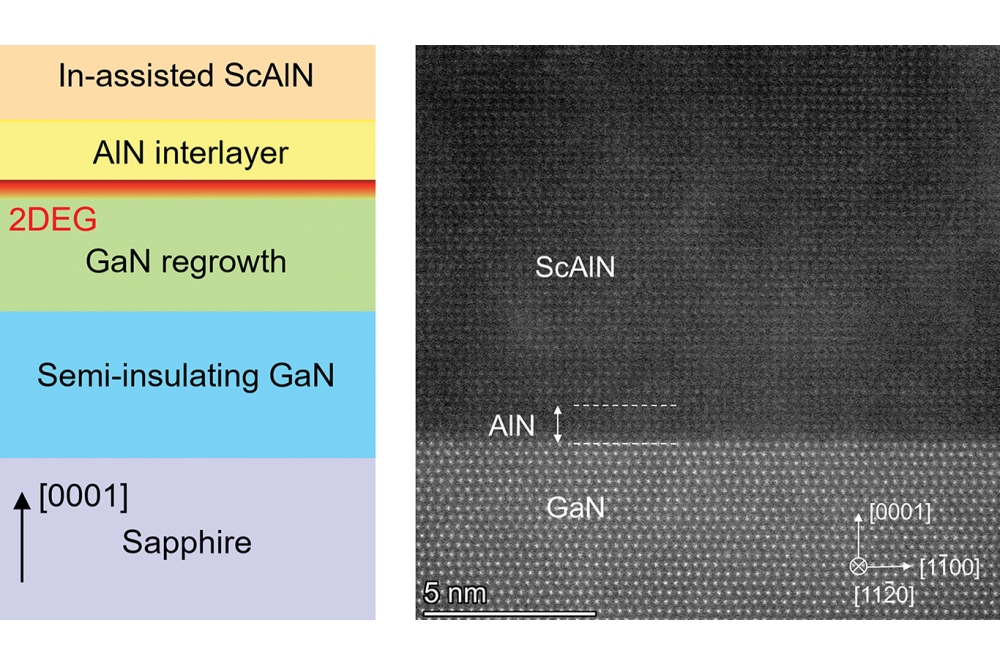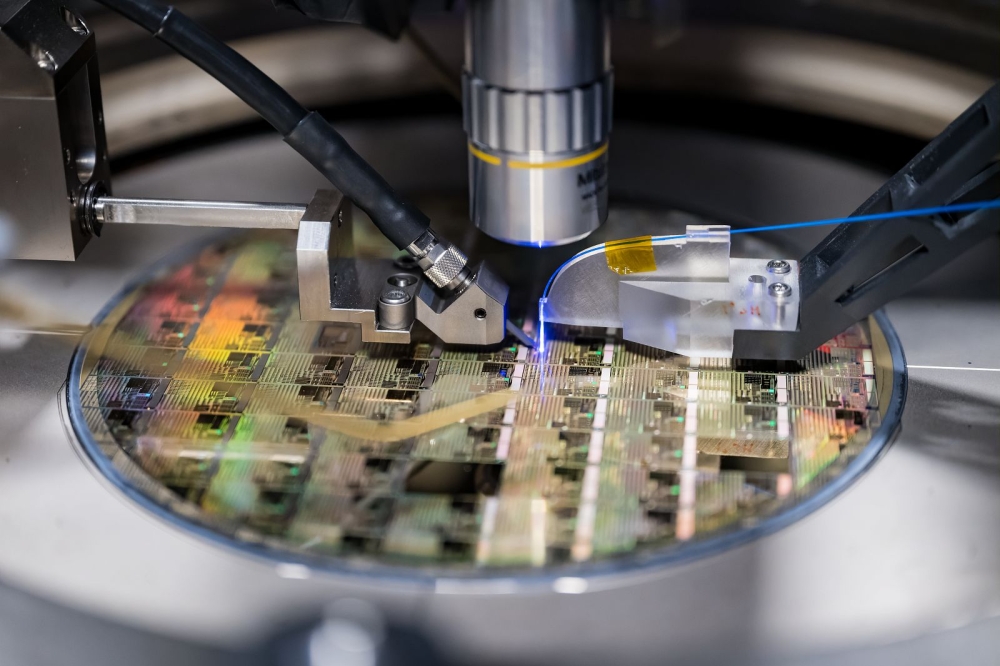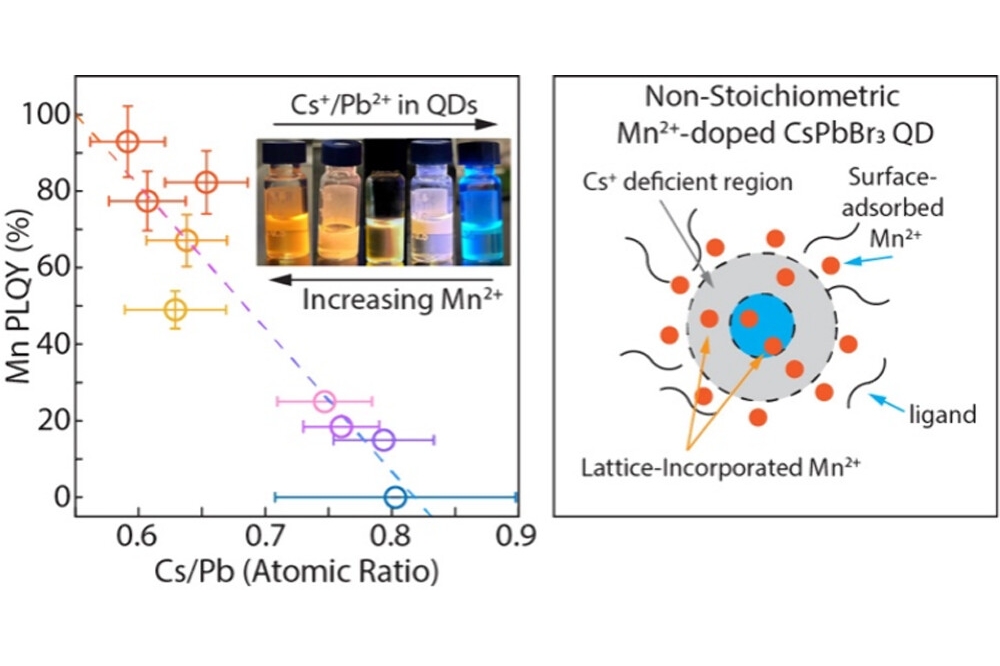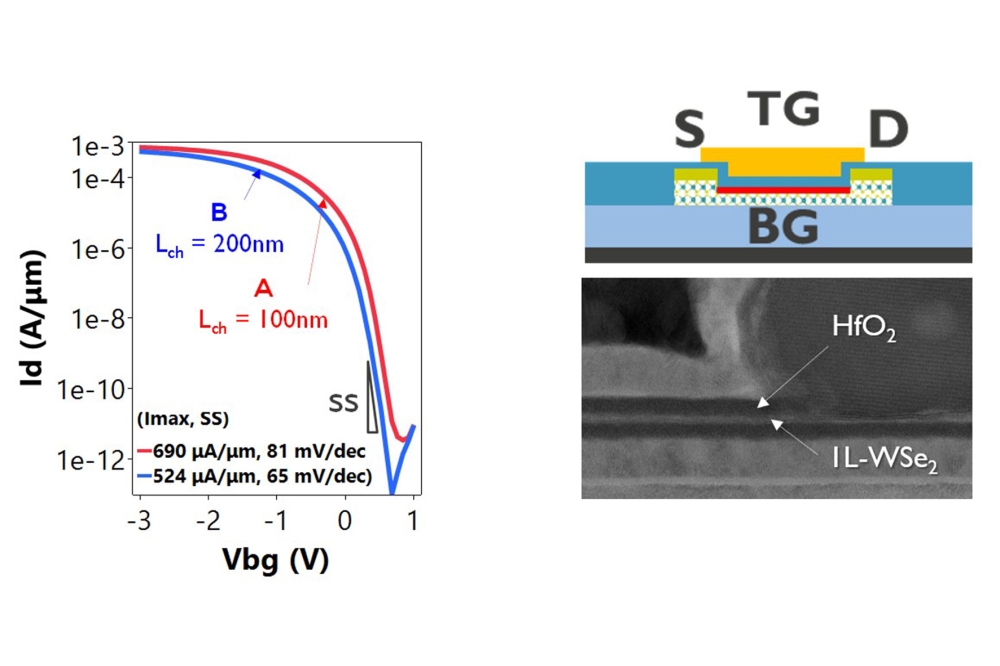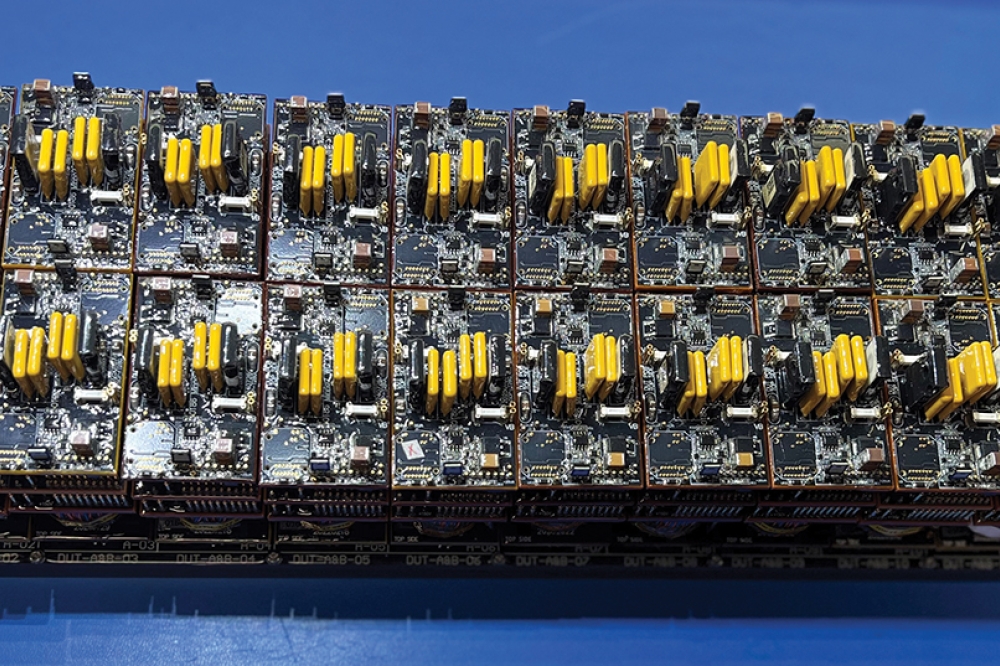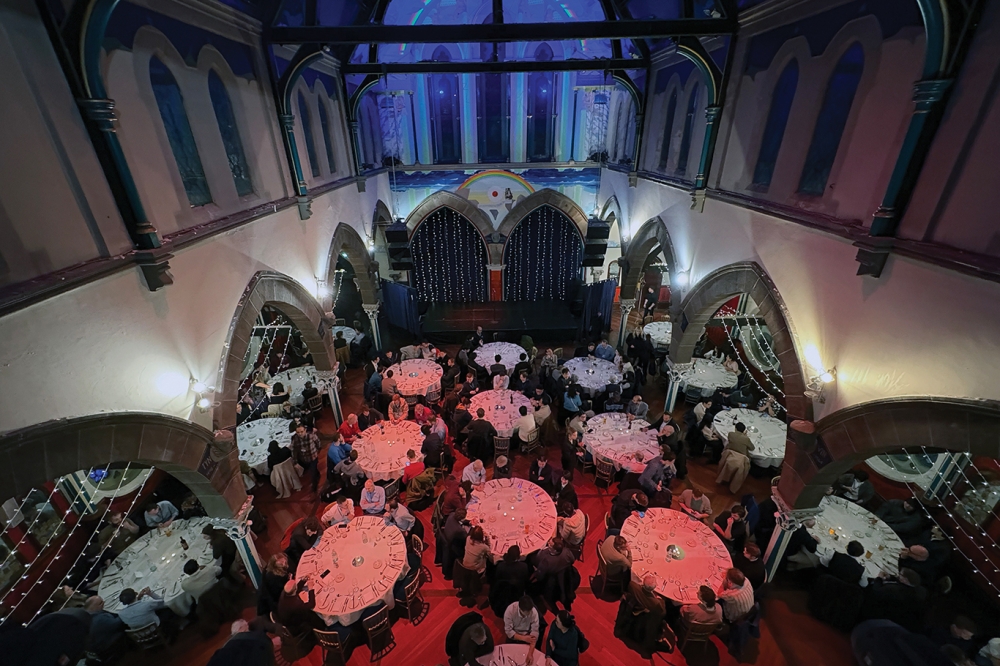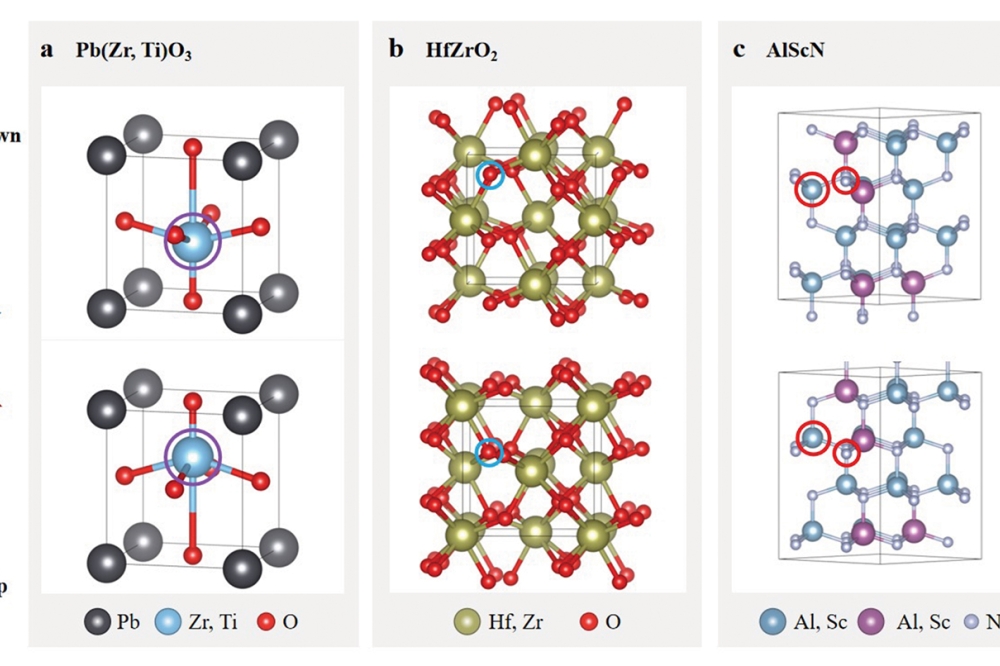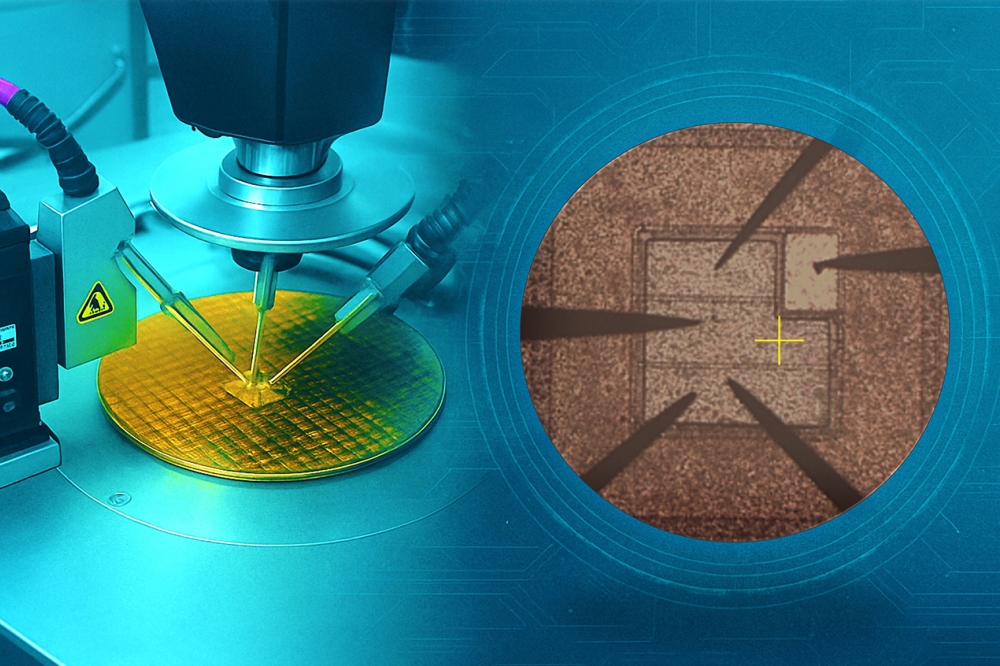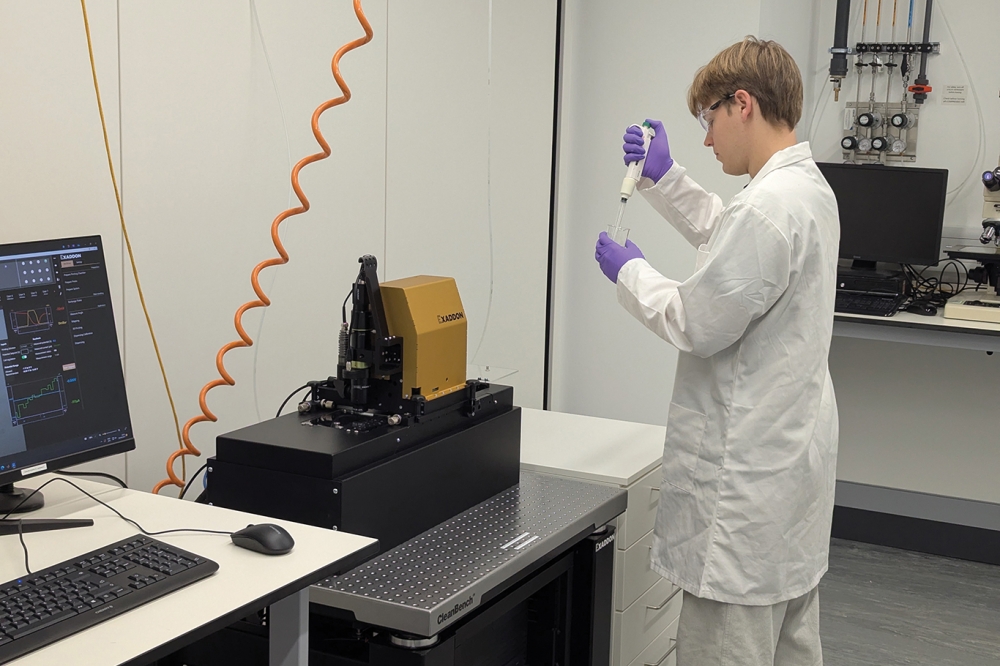Realising tuneable InGaN laser diodes

Researchers from Osaka University are claiming to have produced tuneable in-plane single-mode lasers based on InGaN.
The team say that their devices could be a key component in far-UV sources that employ second-harmonic generation to deliver emission between 210 nm and 230 nm.
Recently, emission in this short-wavelength spectral domain has attracted much attention for providing viral activation and bacterial disinfection without the threat of harm to the human body. Realising compact sources in this region of the far-UV is currently impractical with LEDs and laser diodes, making wavelength conversion an attractive alternative. This can be realised by pumping a SrB4O7 nonlinear crystal with a laser that emits at around 405 nm and has a wavelength that can be precisely tuned to ensure optimal second harmonic generation.
The engineers from Osaka are fulfilling this requirement with a novel laser architecture that features a slotted design and can be produced using simple processes. Slotted single-mode lasers are not new, but previous variants have only produced emission in the near infra-red.
Tunable lasing at around 405 nm is realised with an InGaN device featuring a narrow-ridge active channel and a periodically slotted structure that acts as a very high-order surface distributed-Bragg-reflector grating.
With this design, injecting current into the slotted channel allows a tuning of the wavelength, resulting from a Bragg wavelength change associated with a rise in temperature. As the slotted channel behaves like a semiconductor optical amplifier, the laser output is obtained from the slotted channel side. A high-reflection coating is applied to the back facet to trim the threshold current and increase output power, and an anti-reflection coating is added to the front facet to prevent spurious lasing.
To produce their tuneable laser, the team employed a 30 kV electron-beam writing system to define 2 µm-wide stripe resist patterns for the 750 µm-long active channels and the 250 µm-long slotted channels in an epiwafer featuring InGaN multi-quantum wells. Ni/Au p-electrodes and SiO2 masks with a thin chromium adhesive layer were added by an evaporation and lift-off process.
The next step involved the removal of the p-contact and upper cladding lasers outside the SiO2 masks by inductively coupled plasma-reactive ion etching. Anisotropic wet etching followed, to obtain smooth and vertical m-plane sidewalls in the slots.
To complete the fabrication of the lasers, the team began by: adding a SiO2 insulator layer by plasm-enhanced CVD; exposing a negative photoresist to remove only the resist on the p-electrodes, before etching away the SiO2 insulator layer and remaining SiO2 mask on the p-electrodes; annealing the chip; and adding p- and n-type electrodes.
Cleaving created both the end facets, with lengths for the active and slotted channels of 700 µm and 200 µm, respectively. The engineers coated the front facet with an Al2O3 anti-reflection coating and the back facet with a Al2O3/Ag/Au high-reflectivity coating, before mounting the lasers by conductive epoxy on copper heatsinks.
Evaluation of the continuous-wave performance at 15 °C determined a threshold current density of 5.3 kA cm-2 and a maximum output power of 2.6 mW. When applying 75 mA to the active region and no current to the slot section, lasing occurred at 404.28 nm with a full-width at half maximum below 0.02 nm, the resolution of the optical spectrum analyser. Increasing the current in the slot to 40 mA red-shifted the emission, providing a tuning range of 0.55 nm.
Due to insufficient measurement resolution, the team were unable to provide a precise figure for their tuneable laser’s side-mode suppression ratio. However, they say that their devices deliver single-mode operation with a side-mode suppression ratio of more than 10 dB over the entire tuning range.
Reference
T. Kusui et al. Appl. Phys. Express 17 082003 (2024)


